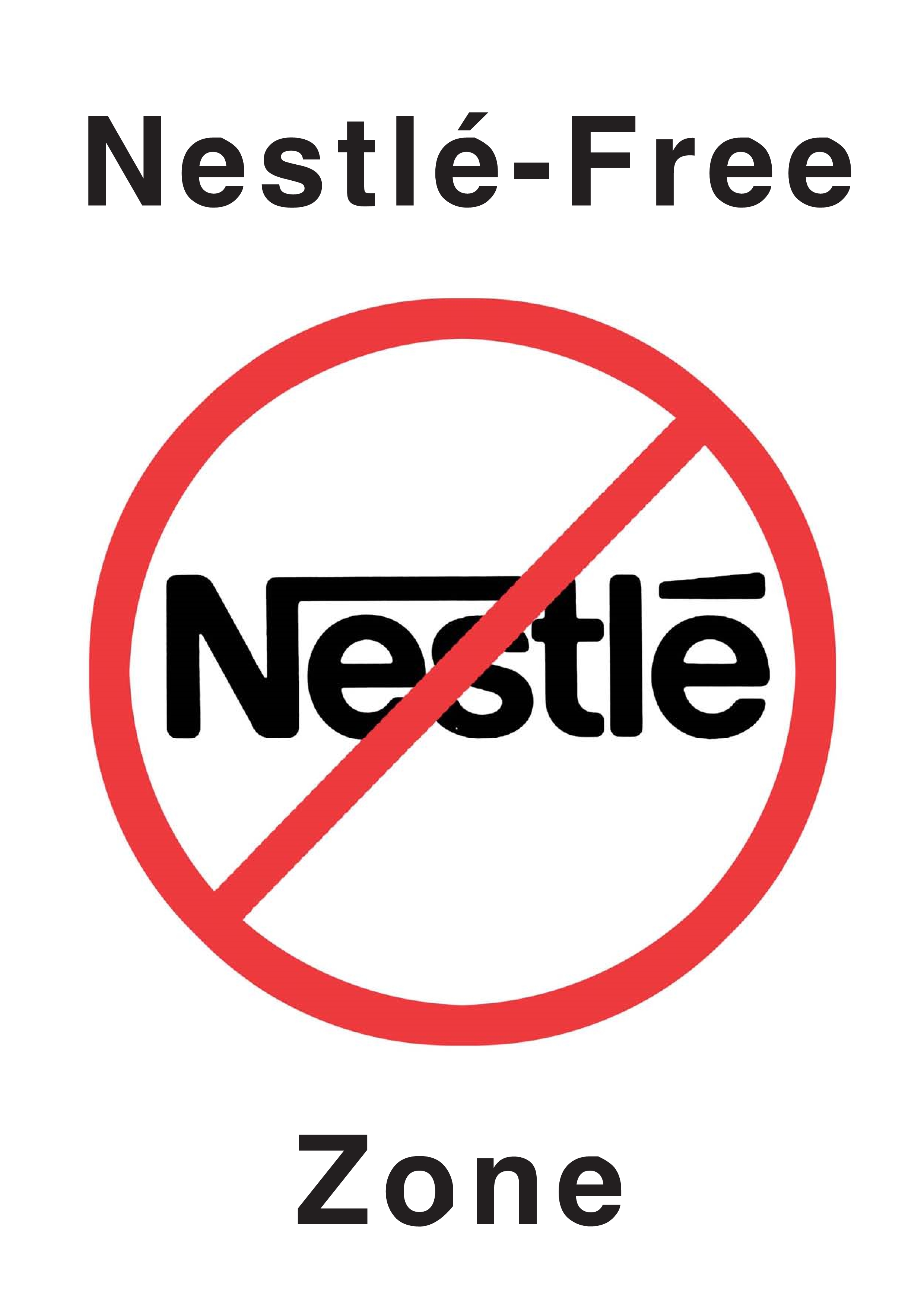Kangaroo Mother Care and Neonatal Outcomes: A Meta-analysis
Abstract
Context: Kangaroo mother care (KMC) is an intervention aimed at improving outcomes among preterm and low birth weight newborns.
Objective: Conduct a systematic review and meta-analysis estimating the association between KMC and neonatal outcomes.
Data sources: PubMed, Embase, Web of Science, Scopus, African Index Medicus (AIM), Latin American and Caribbean Health Sciences Information System (LILACS), Index Medicus for the Eastern Mediterranean Region (IMEMR), Index Medicus for the South-East Asian Region (IMSEAR), and Western Pacific Region Index Medicus (WPRIM).
Study selection: We included randomized trials and observational studies through April 2014 examining the relationship between KMC and neonatal outcomes among infants of any birth weight or gestational age. Studies with <10 participants, lack of a comparison group without KMC, and those not reporting a quantitative association were excluded.
Data extraction: Two reviewers extracted data on study design, risk of bias, KMC intervention, neonatal outcomes, relative risk (RR) or mean difference measures.
Results: 1035 studies were screened; 124 met inclusion criteria. Among LBW newborns, KMC compared to conventional care was associated with 36% lower mortality(RR 0.64; 95% [CI] 0.46, 0.89). KMC decreased risk of neonatal sepsis (RR 0.53, 95% CI 0.34, 0.83), hypothermia (RR 0.22; 95% CI 0.12, 0.41), hypoglycemia (RR 0.12; 95% CI 0.05, 0.32), and hospital readmission (RR 0.42; 95% CI 0.23, 0.76) and increased exclusive breastfeeding (RR 1.50; 95% CI 1.26, 1.78). Newborns receiving KMC had lower mean respiratory rate and pain measures, and higher oxygen saturation, temperature, and head circumference growth.
Limitations: Lack of data on KMC limited the ability to assess dose-response.
Conclusions: Interventions to scale up KMC implementation are warranted.
Boundy EO, Dastjerdi R, Spiegelman D, et al. Kangaroo Mother Care and Neonatal Outcomes: A Meta-analysis. Pediatrics. 2015;137(1):e20152238. doi:10.1542/peds.2015-2238
A teljes cikk a Pediatrics oldalán olvasható.

